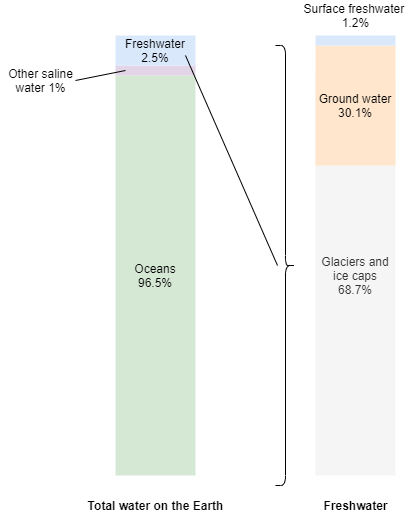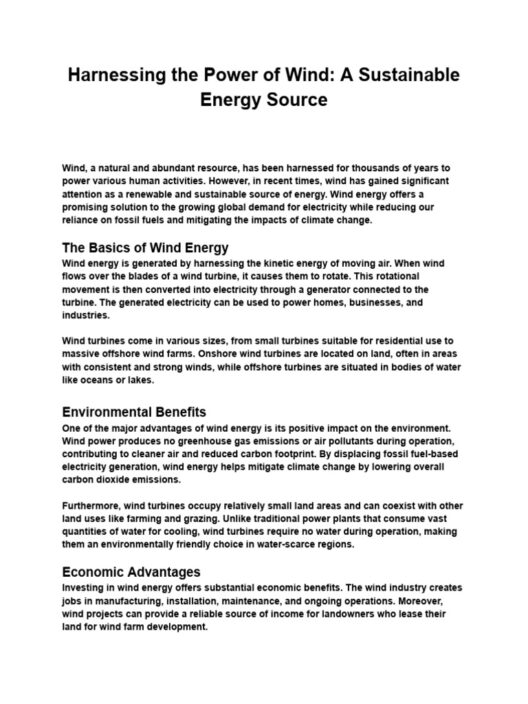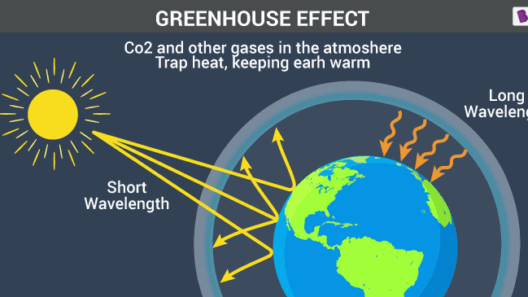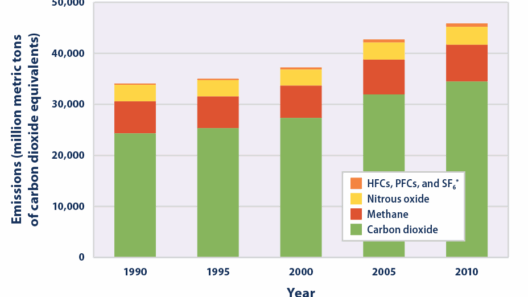The Greenhouse Effect is a natural phenomenon that plays a critical role in regulating the Earth’s temperature, allowing life to flourish. However, the origins, mechanisms, and impacts of this effect are often misrepresented or oversimplified. This article delves deep into the intricacies of the Greenhouse Effect, its natural origins, and the factors that have led to its current state amidst human activity.
Understanding the Greenhouse Effect
The Greenhouse Effect arises when the Earth’s atmosphere traps heat from the Sun, creating a habitable climate. Incoming solar radiation, primarily in the form of visible light, penetrates the atmosphere and warms the planet’s surface. This energy is then re-radiated in the form of infrared radiation. Greenhouse gases (GHGs) like carbon dioxide (CO2), methane (CH4), and water vapor absorb some of this outgoing infrared radiation, preventing it from escaping into space. This process maintains an average global temperature conducive to life but is inherently delicate.
Natural vs. Anthropogenic Contributions
The Greenhouse Effect is fundamentally natural. Without it, Earth would be an uninhabitable ice planet, with average temperatures plummeting to well below freezing. Historical data reveal that GHGs have fluctuated over geological time scales, influenced by factors such as volcanic activity, changes in solar output, and Earth’s orbital variations. For instance, during the Cretaceous period, elevated CO2 levels, primarily from volcanic emissions, contributed to a significantly warmer climate.
However, human activities have disrupted the natural balance. The Industrial Revolution catalyzed the unprecedented emission of GHGs due to the burning of fossil fuels, deforestation, and agriculture. Anthropogenic contributions have caused a rapid increase in atmospheric CO2 levels, leading to enhanced Greenhouse Effect ramifications. The natural mechanisms, while essential, are now overshadowed by the velocity of human-induced alterations.
The Complexity of Greenhouse Gases
The variety of greenhouse gases and their distinct properties significantly influence the Earth’s climate system. Water vapor, the most abundant GHG, amplifies the effects of other gases by enhancing their heat-trapping capabilities. It acts as a feedback mechanism, increasing in response to rising temperatures, thus exacerbating warming trends.
Carbon dioxide plays a pivotal role due to its long atmospheric lifetime. CO2 can persist for centuries, making its impact on climate enduring. Methane, while less abundant, possesses a heat-trapping potency over 25 times greater than CO2 over a 100-year period, particularly during its first two decades. The intersection of these gases entails a complex interplay of atmospheric dynamics that require meticulous scientific exploration to fully understand.
Historical Context of the Greenhouse Effect
The history of Earth’s climate provides crucial insights into the Greenhouse Effect’s natural origins. The paleoclimate record indicates that both natural and cyclical changes have historically affected GHG concentrations. Ice cores from Greenland and Antarctica reveal temperature fluctuation patterns corresponding to GHG concentrations over the last several hundred thousand years. Such records highlight episodes of warming and cooling, influenced by natural phenomena like Milankovitch cycles and fluctuations in solar activity.
During periods known as interglacial epochs, GHG levels increased, leading to warmer global temperatures. Contrastingly, ice ages saw lowered concentrations of gases, resulting in cooler climates. These natural trends exhibit how the Earth’s climate system can adapt and alter in response to varying factors, hinting at the resilience of natural systems when left unfettered.
The Detrimental Toll of Modern Influences
The introduction of anthropogenic processes has skewed the equilibrium established by natural mechanisms. Since the late 19th century, human-induced emissions have accelerated climate change drastically. The annual rate of CO2 increase has surged, fundamentally altering climatic patterns, leading to more frequent and severe weather events. The ramifications of global warming are evident: rising sea levels, escalated heat waves, and shifts in precipitation patterns indicate a dire need for reevaluation of our impact on this natural balance.
Potential Solutions to Mitigate Greenhouse Gas Emissions
Mitigating climate change and lessening its impacts hinges on addressing the sources of GHGs. Transitioning to renewable energy sources such as solar, wind, and hydroelectric power is essential to reduce reliance on fossil fuels. Engaging in reforestation and afforestation efforts can enhance carbon sequestration, while innovations like carbon capture and storage technology provide promising avenues to lower atmospheric CO2 levels.
Moreover, promoting sustainable agricultural practices and reducing waste contribute significantly to decreasing methane and nitrous oxide emissions. Global cooperation is imperative, as climate change knows no borders. Comprehensive approaches that foster sustainability and resilience against climate-related adversities will help restore the natural balance of the Greenhouse Effect.
Concluding Thoughts on the Greenhouse Effect
The Greenhouse Effect, a natural mechanism that has allowed life to thrive on Earth, is currently at a pivotal juncture. Understanding its origins and the dual role of human activity is essential to developing strategies for sustainable living. Addressing climate change and sustaining the planet requires a collective effort to restore and harmonize the natural systems that have been disrupted. By acknowledging the complexity of this issue, society can work toward a future where the natural Greenhouse Effect continues to perform its vital role without the disturbing influence of excessive anthropogenic emissions.







